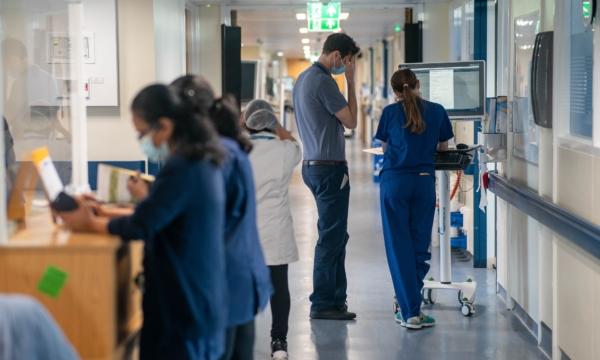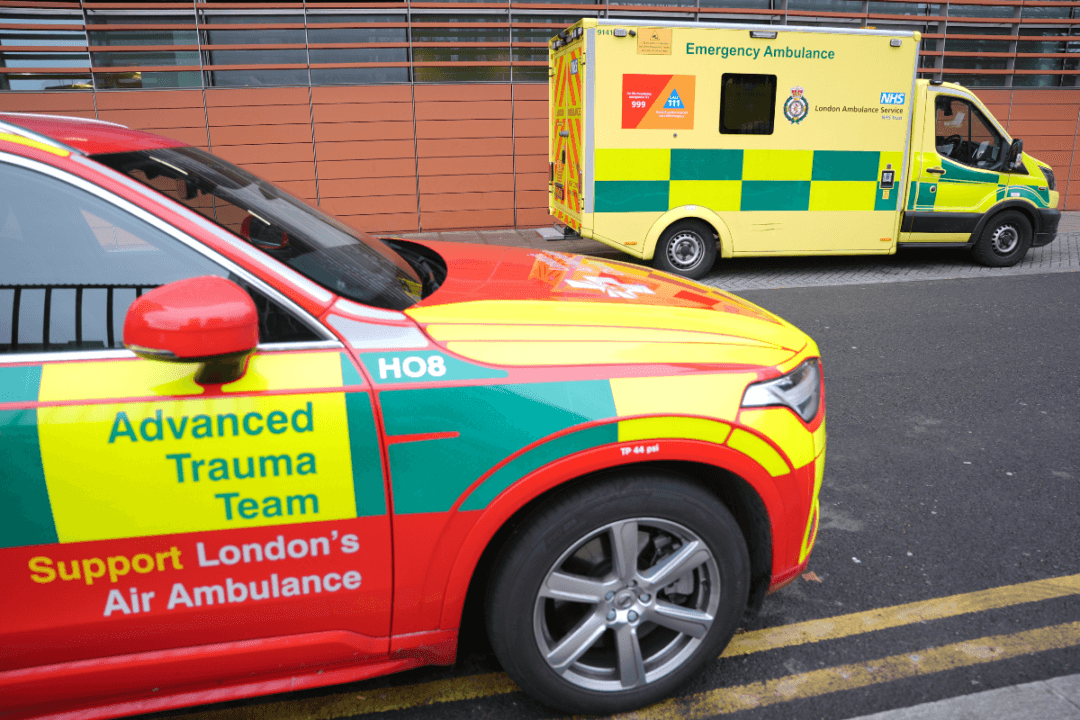The number of assaults committed against ambulance workers is rising, with at least 55 staff being abused or attacked every day, the Association of Ambulance Chief Executives (AACE) has said.
The AACE said that at this pace, it expects to see reported incidents exceed 20,000 for the first time ever by the end of this financial year.
The association predicts that over 5,000 incidents will be reported between the winter months of December to February, with 2,000 expected in December, alone, driven by the rise in alcohol consumption at Christmas and New Year.
This comes after years of the number of violent incidents against ambulance staff increasing.
In 2021/2022, the total figure was 15,430, rising by 2.7 percent in 2022/2023 to 15,857. That figure then jumped by nearly one-quarter (23.8 percent) to 19,633 in 2023/2024.
The AACE said that while it is only a small minority of people committing attacks, it nevertheless was having a long-term effect on staff.
Anna Parry, managing director of AACE, said: “These new figures highlight the upsetting fact that ambulance employees face the very real possibility of being subject to violence or abuse each time they start a shift.
Assaults Driven by Alcohol
Reported incidents so far this year across all 14 ambulance services in the UK include kicking, punching, spitting, head-butting, sexual assault, and verbal abuse.Data showed that attacks ranged from common assault to serious violence, including involving weapons.
“On top of this many assaults go unreported, so the true figure is actually higher,” the report said.
Alcohol is the most prominent factor, followed by drugs, and people experiencing a mental health crisis.
As a result of the escalation of violence and abuse, NHS ambulance services are undertaking several initiatives in a bid to support their staff.
This includes staffing wearing body cameras, and the establishment of a centrally-coordinated violence database which will allow services to report the types and frequency of assaults in a consistent way.
Tougher Punishments
Jason Killens, AACE chairman and the chief executive of the Welsh Ambulance Services University NHS Trust, said, “It is with huge regret that we see the level of violence, aggression and abuse across all UK ambulance services increasing and that frontline clinical employees as well as call handlers are affected.”Killens pleaded with the public to treat staff “with the respect they deserve,” and called on the judiciary to use their full powers under the law “to ensure appropriate sentences are handed out consistently to those found guilty of committing these crimes against our workforce.”

UNISON, the UK’s largest union, called for tougher laws to protect ambulance staff.
The union’s deputy head of health, Alan Lofthouse, said: “Nobody should endure violence or abuse just for doing their job. It’s appalling that paramedics and ambulance workers, who deliver life-saving care, are targeted with punches, kicks, death threats and other disgraceful tirades.
“This shocking report shows an alarming rise in incidents that has to be addressed. Tougher consequences and better protection for staff are needed urgently.”
Responding to the figures, a government spokesperson told reporters: “Violence of any kind is unacceptable, and NHS staff should be able to care for patients without fear of assault.
Unwanted Sexual Behaviour
NHS staff across the service have also previously reported being victims of unwanted sexual behaviour while on duty.The behaviours ranged from offensive or inappropriate conversations—including jokes—to touching and sexual assault.
Of all staff polled, 8.67 percent said they had received unwanted behaviour from patients, patients’ relatives, or other members of the public, and 3.84 percent said they had been targeted by other staff members or colleagues.
Victims varied by occupation type, with ambulance crew most likely to report incidents from patients and the public (27.31 percent) and staff (9.38 percent), followed by nursing and health care assistants (16.93 percent, 4.20 percent), and registered nurses and midwives (11.05 percent, 3.71 percent).







